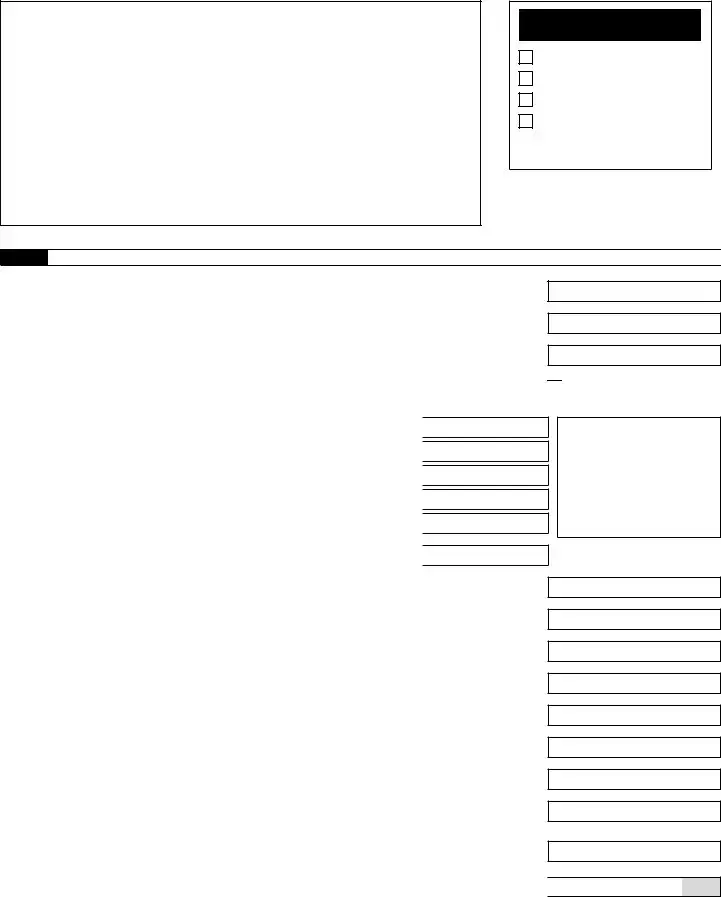The IRS Form 941 plays a crucial role in the payroll process for employers across the United States. This quarterly tax return is designed to report income taxes, Social Security tax, and Medicare tax withheld from employee paychecks. Employers use this form to calculate their own contributions to Social Security and Medicare taxes, ensuring compliance with federal tax obligations. Each quarter, businesses must file Form 941 to provide the IRS with updated information about their payroll, including the number of employees, total wages paid, and any adjustments for prior periods. Additionally, the form allows employers to claim certain tax credits, such as the Employee Retention Credit, which can significantly impact a company's financial health. Understanding the nuances of Form 941 is essential for maintaining accurate records and avoiding potential penalties. As deadlines approach, it becomes increasingly important for employers to stay informed about any changes to the form or related regulations, ensuring they remain compliant and avoid unnecessary complications.
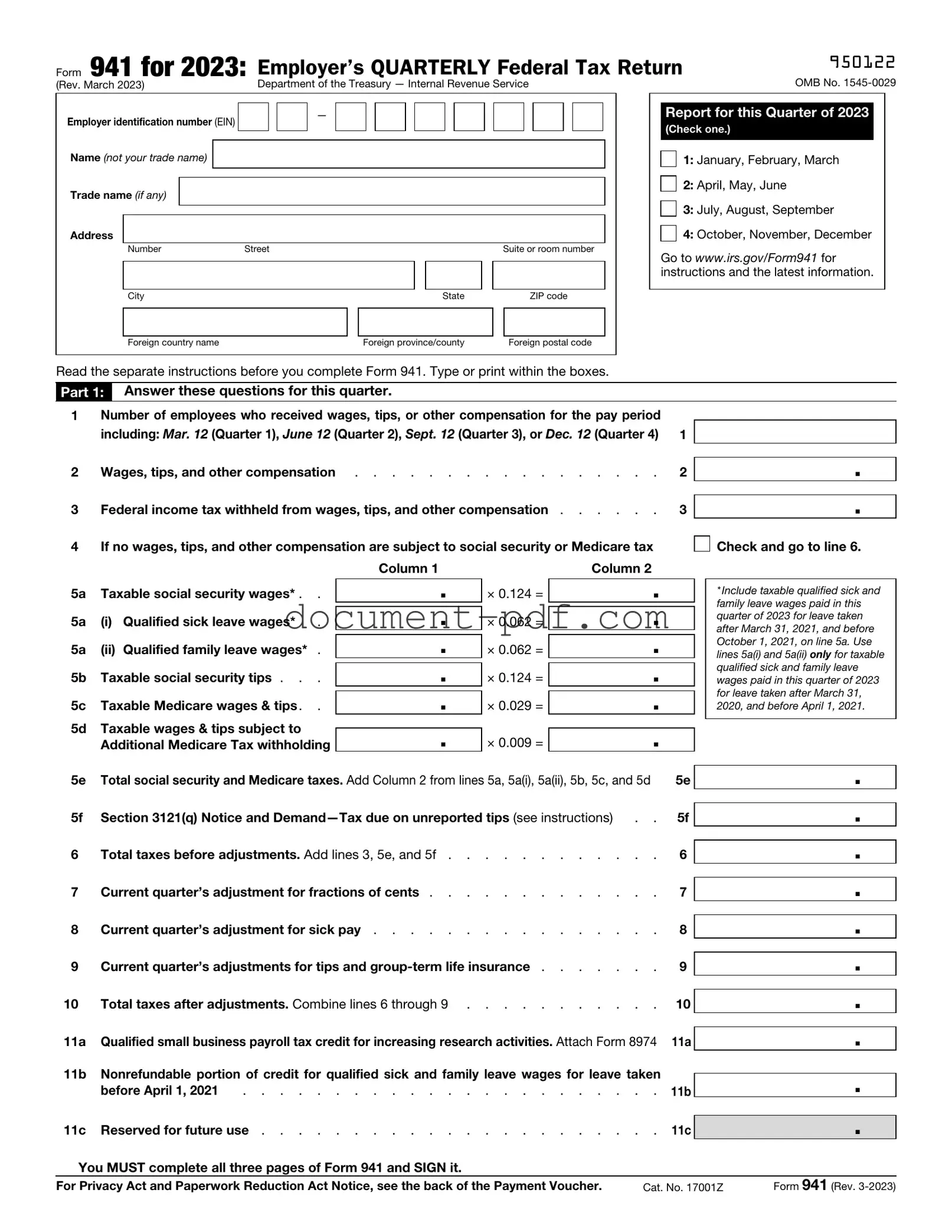
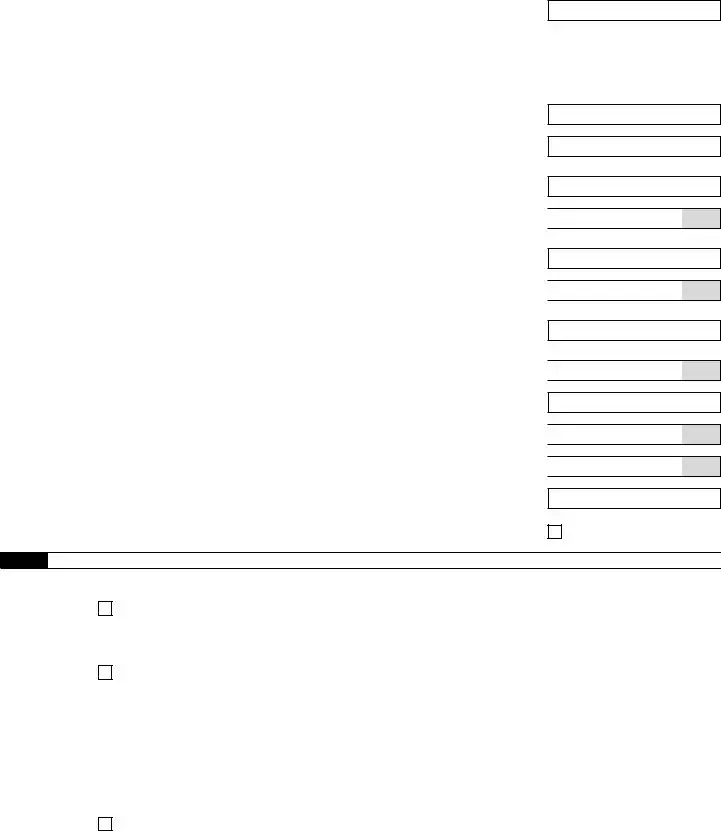

 Check and go to line 6.
Check and go to line 6.
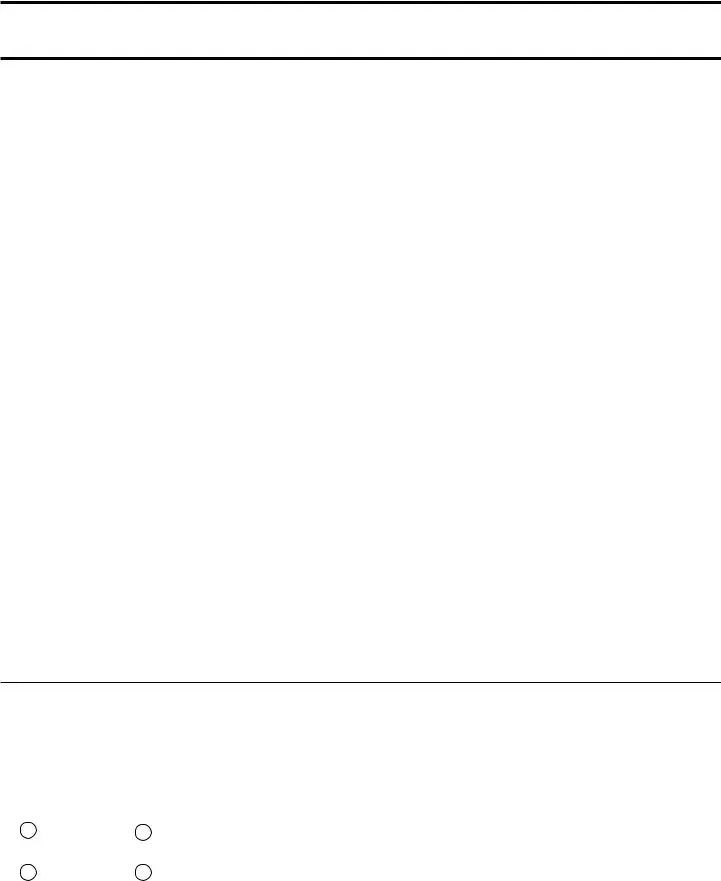
 .
. .
. .
. .
. .
.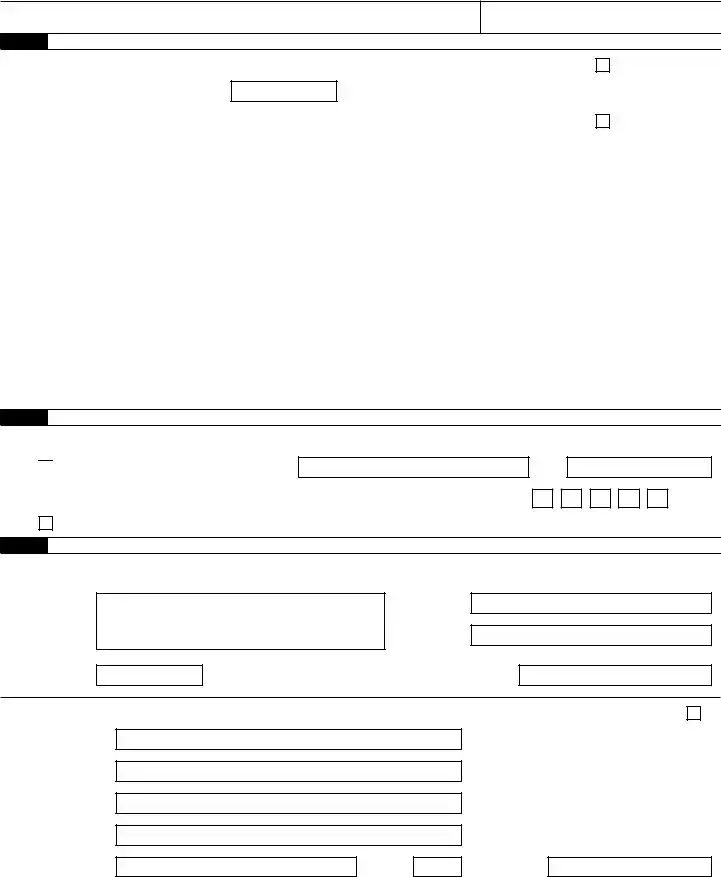

 Yes. Designee’s name and phone number
Yes. Designee’s name and phone number
